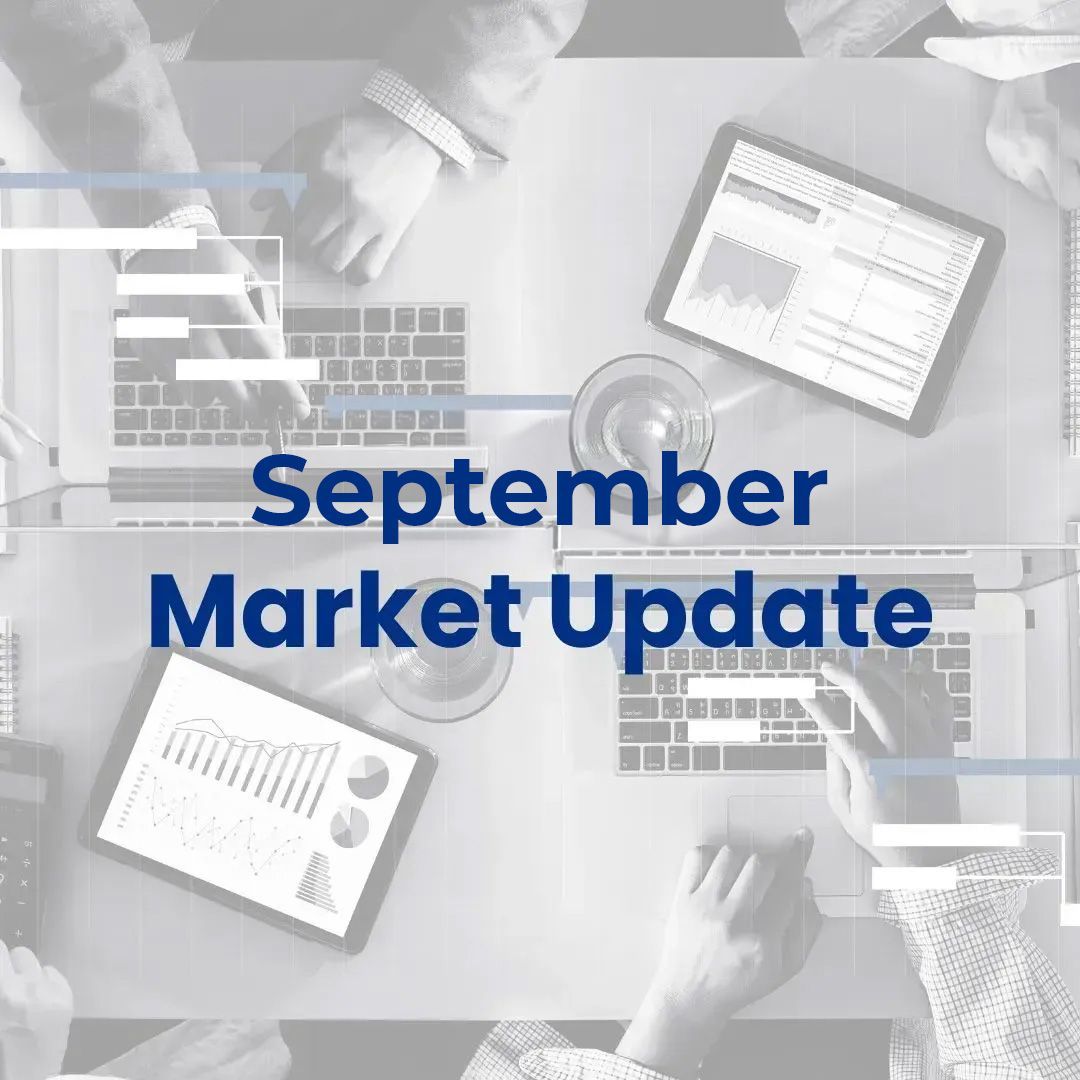Building a Balanced Retirement Income Plan

Most people have a retirement date in mind.
You’ve had a long career filled with challenges and rewards. And now, the dream of having more time to do whatever is about to come true. Before you send your last email or attend that last meeting, it’s wise to have a solid plan in place to pay the bills when your paycheck stops. What you want to build is a complete retirement income plan. This plan will show you where you’ll be spending your money in retirement. You’ll also learn about available financial resources to help build your new retirement paycheck.Most people have a retirement date in mind.
The 4 Parts of a Retirement Income Plan
Crafting a tailored retirement income plan is key to a successful retirement journey. Taking the time to consider expenses, savings and income before stepping into retirement will help ensure there's an ample balance for a comfortable life.
- PERSONAL ACCOUNTS
- RELIABLE INCOME
- FLEXIBLE EXPENSES
- ESSENTIAL EXPENSES
Identify all your non-negotiable, essential expenses
These are the bills and expenses you must continue to pay long after you’ve stopped working. These expenses can’t be deferred or delayed regardless of the ups and downs of the market. You know the obvious must-have expenses such as food, shelter, health care, utilities and income taxes. But many essential expenses are missed: technology, property taxes, and homeowners or renter’s insurance. In addition, some expenses for enjoying retirement living will be essential expenses.
— For some, it will be a club membership.
— Others consider travel to see the grandchildren essential.
— For those who are retiring to pursue hobbies, start-up costs may be a factor to consider.
It’s up to you to define your essential expenses. The closer you are to retiring, the more accurate your list and estimated costs should be.

Make a wish list of your discretionary expenses

Not every expense will be a must-have in retirement. You’ll also need to build in a fair amount of flexibility. For example, you may need a new car or two over a 30-year retirement period, but when and what you buy are flexible. Or, if travel is going to be a big part of retirement, great! You may spread out the trips a bit further or make them a bit shorter to stay within your budget.
It’s fun to think about all the things you might do in retirement, but you may have to make some adjustments or compromises about when and what you can comfortably afford.
Determine your sustainable or guaranteed sources of income
Putting together a retirement income plan can help you get a good handle on the amount of reliable income you are on track to receive in retirement. These sources are ones you can count on every month for the rest of your life. Typically, there are three possibilities:
SOCIAL SECURITY
Most workers qualify for Social Security. Look at the current estimates on your statement (available on SSA. gov/myaccount). You’ll want to know how much less you’ll get each month if you claim too early and how much more by waiting up to age 70. If you’re married, it’s also important to consider what will happen if you die first. How will your surviving spouse’s income be changed by your claiming decision?
PENSIONS
A defined benefit pension plan may be part of your retirement income. These payments are designed to provide monthly income for as long as you live. Take great care in deciding how to take the payments if you are married or have a dependent who will count on this income if you die first.
INCOME ANNUITIES
Insurance companies offer a variety of guaranteed income products. You might already have savings in an annuity product that you’ll turn into a guaranteed income stream, or you might consider buying one. While annuities can be complex, they are the only financial product backed by an insurance company.*
Take a full inventory of all your personal accounts and how they can deliver cash
After a lifetime of work and saving, you may find you have more accounts than you realize. Each account helped you save and will now become part of your retirement paycheck. And each type of account has unique options, distribution rules and tax obligations. Here are some of the more common accounts you may have in your inventory:
401(k)s, 403(b)s and 457(b)s
Tax-deferred when saving, but distributions are taxable. Required Minimum Distributions (RMDs) are required once you reach a certain age. You may be able to delay RMDs from your current employer if still working there.
Traditional IRAs, SEPIRAs and SIMPLE-IRAs
Usually tax-deductible when you made the contributions, but withdrawals are taxable in retirement.
Inherited IRAs
If you were named as a beneficiary on someone else’s IRA (not your spouse), you likely must fully liquidate the account in 10 years and may owe income tax.
Roth accounts
If the holding period and other rules are met, you can generally take money out income tax-free. Hooray!
Health Savings Accounts
These triple-tax advantaged accounts can be used in retirement to pay for qualified health expenses, including Medicare Part B and Part D premiums. When used for qualified expenses, withdrawals are income-tax-free.
Savings accounts and Certificates of Deposit (CDs)
Money socked away in these types of accounts are typically for emergencies. Interest earned is taxable each year
Brokerage and investment accounts
Any interest or capital gains earned from brokerage and/or investment accounts are taxable in the year of the transaction
Nonqualified deferred compensation
Distributions from various NQDC accounts are taxable. As the amounts may be substantial, estimated taxes are often owed as well.
There are many other types of accounts depending upon the complexity of your financial household. And if you have a spouse, they may also have a suite of their own similar accounts.
You can see how important it is to get all your accounts well-organized before retiring. Ensuring you are handling all accounts in the most tax-effective way will help you enjoy sufficient retirement income and achieve your legacy goals.
When planning for your retirement income, creating a simple visual helps you see your financial future.
You’ll want to know what you’ll have as income sources and how you’ll pay for your expenses for 30 years, more or less.

Making a visual 4 part retirement income plan
1. PERSONAL ACCOUNTS
- Tax-deferred accounts
- Taxable accounts
- Roth accounts
- HSAs1. PERSONAL ACCOUNTS
2. RELIABLE INCOME
- Social Security
- Pension payouts
- Income annuities
3. FLEXIBLE EXPENSES
- Travel
- Golf, fishing, sports
- Parties and dining out
- House renovations
4. ESSENTIAL EXPENSES
- Food, shelter, health care
- Taxes
- Utilities and tech
- Retirement goals
Know if you have a gap
After pulling together your four financial parts for retirement, do some simple math to answer these five key questions:
- How much of my essential expenses will be paid for by my guaranteed sources of income?
- If my essential expenses are higher than my guaranteed sources of income, how much will I need to pull from my personal savings accounts?
- What will change, if anything, once I reach the RMD age and must begin taking them?
- Do I understand how much I will pay for Medicare and other health care needs and where my HSA can help?
- If I have a spouse or partner, have we considered how retirement income will change for the surviving person?
Simplify and organize
Once you have an inventory of your personal accounts, organize them.

Whether that means at one financial institution, one financial advisor or in one integrated money management platform. If you have several same types of accounts (a rollover IRA, SEP IRA, and traditional IRA, for example), simplify by combining them.
Lastly, create a binder or online file of all the latest statements from all your future income sources. Review it at least once a year to keep track of changes.

The Gasaway Team
Gasaway Investment Advisors
7110 Stadium Dr
Kalamazoo, MI, 49009
(269) 324-0080
info@gasawayinvestments.com
www.gasawayinvestments.com
The Gasaway Team
Gasaway Investment Advisors
7110 Stadium Dr
Kalamazoo, MI, 49009
(269) 324-0080
info@gasawayinvestments.com
www.gasawayinvestments.com
This material was created for educational and informational purposes only and is not intended as ERISA, tax, legal, or investment advice. If you are seeking investment advice specific to your needs, such advice services must be obtained on your own separate from this educational material. ©401(k) Marketing, LLC. All rights reserved. Proprietary and confidential. Do not copy or distribute outside original intent
This material was created for educational and informational purposes only and is not intended as ERISA, tax, legal, or investment advice. If you are seeking investment advice specific to your needs, such advice services must be obtained on your own separate from this educational material. ©401(k) Marketing, LLC. All rights reserved. Proprietary and confidential. Do not copy or distribute outside original intent.










